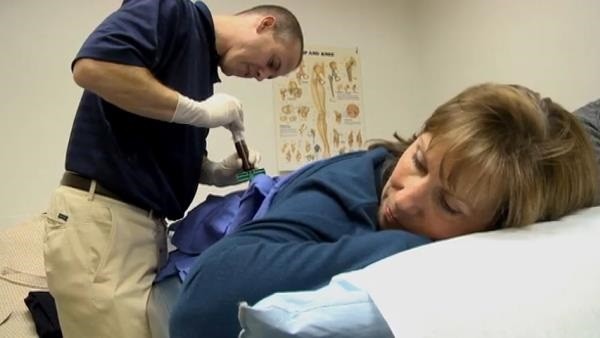Joint pain can be common after undergoing chemotherapy or after taking medication such as cladribine, bleomycin, paclitaxel, L-asparaginase as well as biologic response modifiers such as pegfilgrastim, sargramostim and filgrastim. The pain that occurs as a result of such is called arthralgias.
The joint pain after chemotherapy is normal and doctors may prescribe you medication that can help you to treat the pain.
Some of the medications that can be used to treat the joint pain include:
i. Anticonvulsants. These drugs are commonly used to treat chronic and nerve related pain especially in adults. When you have a nerve injury pain receptors help in creating new nerve endings. It is still unknown how anticonvulsants such as gabapentim (Neurontin) work but it is believed to decrease nerve pain at certain cell receptor site, it is assumed that they do this by decreasing the response to nerve pain. Anticonvulsants are usually used with other drugs so that they can be effective. Oxycodone is one of the drugs can work together with anticonvulsants.
ii. Antibiotics. Antibiotics are commonly used to treat joint pain that is caused by an infection. The antibiotics can be in form of pills or intravenous (IV)
iii. Antidepressants. Antidepressants are used to treat depression and pain. Depression occurs after a long time of being stressed.
iv. Corticosteroids. Corticosteroids are helpful in decreasing inflammation in many areas of the body. Corticosteroids are helpful especially when you have cancer that has spread to the brain, spine, and the bone. Steroids help in decreasing swelling in areas where there is tumor further decreasing the tumor pressure on the nerve endings resulting to decreased pain.
v. Narcotics. Narcotics help in blocking messages from being sent to the body when you are experiencing pain. Before you start using narcotics discuss with your health provider about the common side effects of narcotics such as nausea, vomiting, and drowsiness so that you can know how you can control them.
Non-steroidal anti-inflammatory drugs (NSAIDs) and joint pain pills can also be helpful in providing relief in cases of musculoskeletal pain. Examples of these NSAIDs agents include ibuprofen and naproxen sodium.
Depending with your type of cancer or chemotherapy, some NSAIDs drugs should be avoided. In this case acetaminophen will be helpful.
Pain that is as a result of chemotherapy has several signs. These signs can help you to know when to contact your healthcare provider. Some of the signs include:
i. Severe back pain. This pain will usually occur frequently.
ii. Compression of the spinal cord. This spinal cord is responsible for controlling movement sensation and several functions. The spinal cord can sometimes be squeezed resulting to swelling (edema). In worst cases the complication can become permanent.
iii. Tingling and numbness down your legs
iv. Not being able to control bowel and the bladder.
v. Decreased sensation and weakness.








